Home>Home Maintenance>How Much Can A Bad Ventilation System In An Indoor Pool Affect One’s Health
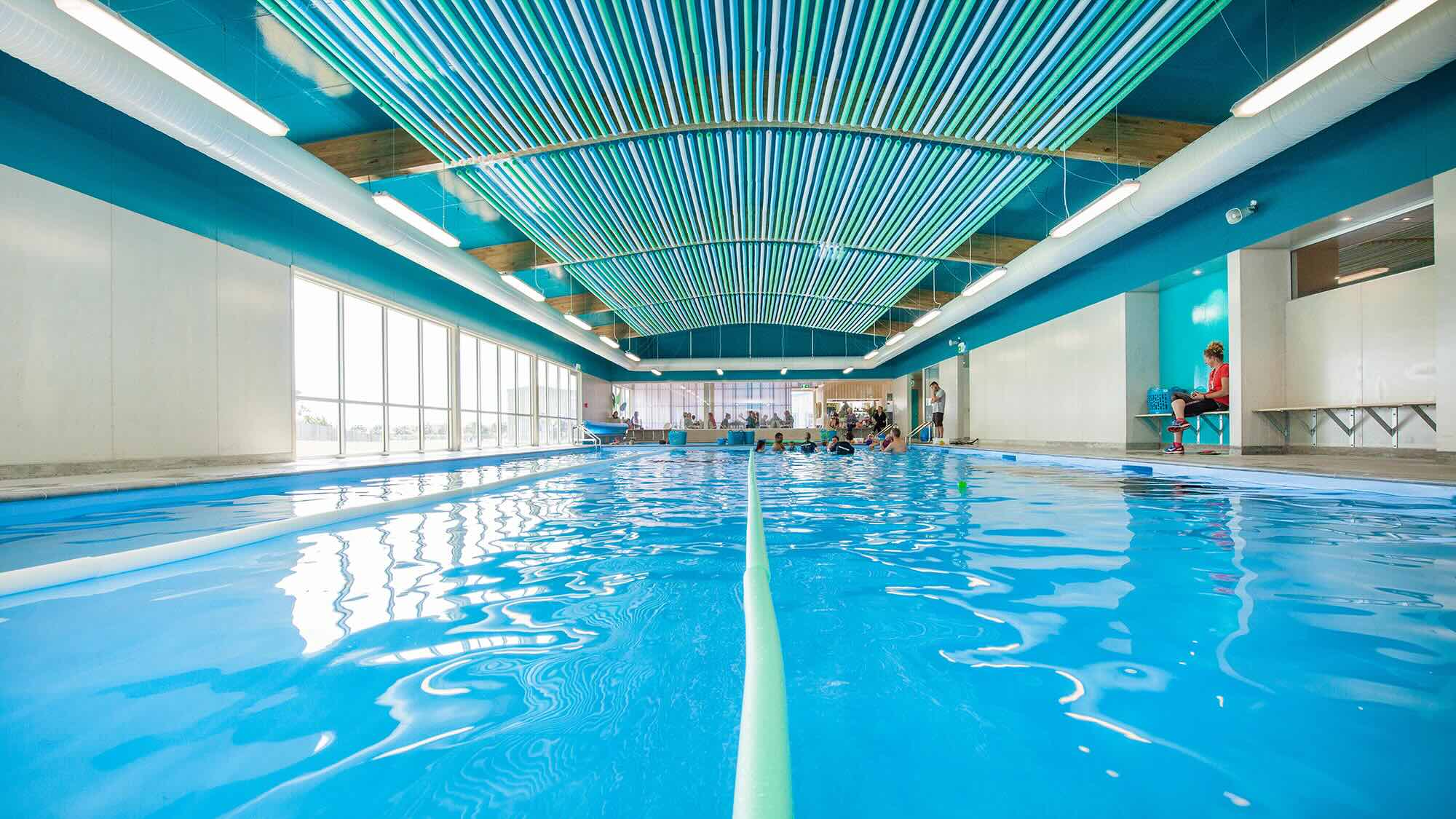

Home Maintenance
How Much Can A Bad Ventilation System In An Indoor Pool Affect One’s Health
Modified: March 6, 2024
Learn how a bad ventilation system in your indoor pool can greatly impact your health. Discover the importance of proper home maintenance for a healthier living environment.
(Many of the links in this article redirect to a specific reviewed product. Your purchase of these products through affiliate links helps to generate commission for Storables.com, at no extra cost. Learn more)
Introduction
Welcome to the world of indoor pools, where the luxury of swimming is not confined to warm summer days and outdoor settings. Indoor pools offer a year-round escape from the elements, allowing you to enjoy the benefits of swimming and aquatic activities regardless of the weather. However, it’s important to understand that indoor pools require proper ventilation to maintain a healthy and comfortable environment.
Ventilation plays a crucial role in ensuring the overall well-being and safety of individuals using indoor pools. It involves the exchange of stale, humid air with fresh outdoor air, which is essential for maintaining optimal air quality, controlling humidity levels, and preventing the buildup of harmful chemicals. A properly ventilated indoor pool can provide a refreshing and invigorating experience while minimizing potential health risks.
In this article, we will delve into the importance of ventilation in indoor pools and explore the potential health hazards associated with poor ventilation systems. We will also discuss the various respiratory issues, skin and eye irritations, increased risk of infectious diseases, and other health concerns that can arise due to inadequate airflow in indoor pools. Additionally, we will provide insights into the effects of high humidity and poor air quality on overall well-being. Finally, we will offer strategies and solutions to improve ventilation in indoor pools, ensuring a healthy and enjoyable swimming experience for all.
Key Takeaways:
- Proper ventilation in indoor pools is crucial for maintaining a healthy environment. Without it, swimmers and staff can experience respiratory issues, skin irritations, and an increased risk of infectious diseases due to poor air quality.
- Implementing strategies such as installing mechanical ventilation systems, monitoring airflow, and promoting good pool hygiene can significantly improve ventilation in indoor pools. This helps create a safer and more enjoyable swimming environment for everyone.
Understanding the Importance of Ventilation in Indoor Pools
When it comes to indoor pools, ventilation is not merely a luxury, but a necessity for maintaining a safe and comfortable environment. The indoor pool environment is unique, as it combines high humidity, warmth, and the presence of chemicals, making proper ventilation essential for the well-being of swimmers and staff alike.
One of the primary purposes of ventilation in indoor pools is to control the levels of humidity. High humidity is a common issue in indoor pool areas due to the evaporation of water from the pool surface. Without adequate ventilation, the excessive moisture in the air can lead to condensation on walls, ceilings, and windows, causing a damp and uncomfortable environment. Moreover, high humidity levels contribute to the growth of mold and mildew, which can have detrimental effects on air quality and pose health risks.
Another crucial aspect of ventilation in indoor pools is the removal of harmful chemicals and chloramines from the air. Chloramines are formed when chlorine, commonly used as a disinfectant in swimming pools, reacts with contaminants brought in by swimmers, such as sweat or urine. These chloramines not only give rise to the characteristic “chlorine smell” but also irritate the respiratory system and eyes, causing discomfort and potential health issues. An efficient ventilation system helps to remove and dilute these harmful chemicals, ensuring a healthier environment for swimmers.
In addition to controlling humidity and removing airborne chemicals, ventilation also plays a vital role in maintaining oxygen levels and providing proper air circulation. Stagnant air can lead to a decrease in oxygen levels, causing fatigue, dizziness, and poor concentration. Poor air circulation can also lead to the accumulation of airborne contaminants and pollutants, exacerbating respiratory problems and increasing the risk of airborne infections.
By ensuring adequate fresh air intake and proper air exchange, a well-designed ventilation system in indoor pools can effectively address these issues and create a pleasant and healthy swimming environment. It helps to maintain the right balance of temperature, humidity, and air quality, promoting comfort, safety, and an overall positive swimming experience.
Health Risks Associated with Poor Ventilation in Indoor Pools
Poor ventilation in indoor pools can have serious health consequences for swimmers and staff. Without proper air circulation and exchange, harmful contaminants can accumulate, leading to various health risks. Understanding these risks is crucial for raising awareness and implementing measures to improve ventilation in indoor pools.
One of the primary health risks associated with poor ventilation is respiratory issues. Inadequate airflow and the accumulation of airborne irritants such as chloramines can cause respiratory symptoms such as coughing, wheezing, and shortness of breath. Prolonged exposure to these irritants can also trigger or aggravate existing respiratory conditions such as asthma, bronchitis, and allergies. Additionally, the high humidity levels in poorly ventilated indoor pools create favorable conditions for the growth of mold and mildew, which can release spores that further irritate the respiratory system.
Insufficient ventilation can also lead to skin and eye irritation. Chloramines, which are produced when chlorine reacts with contaminants, can irritate the skin and cause redness, itching, and dryness. These irritants can also irritate the eyes, leading to redness, itching, and even blurred vision. Inadequate air circulation in poorly ventilated indoor pools can exacerbate these symptoms, making the swimming experience uncomfortable and potentially harmful for individuals with sensitive skin and eyes.
Another significant health risk associated with poor ventilation is the increased risk of infectious diseases. A lack of proper ventilation can result in the buildup of airborne bacteria and viruses, making indoor pools susceptible to the spread of infectious diseases such as respiratory infections, flu, and skin infections. In confined spaces with inadequate airflow, the risk of transmission from person to person is higher, particularly during crowded pool sessions.
In addition to respiratory issues, skin and eye irritation, and the risk of infectious diseases, poor ventilation can also have a detrimental effect on the overall well-being of individuals using indoor pools. High humidity levels can make the environment feel uncomfortable and stuffy, leading to feelings of fatigue, lethargy, and decreased enjoyment of swimming. Furthermore, prolonged exposure to poor air quality can contribute to general discomfort, decreased focus, and lowered mood, impacting the overall experience and potential long-term enjoyment of swimming activities.
In order to mitigate these health risks, it is essential to prioritize proper ventilation in indoor pool facilities. By implementing effective ventilation systems that promote air circulation, control humidity levels, and remove airborne contaminants, we can ensure a healthier and safer environment for everyone using indoor pools.
Respiratory Issues Resulting from Inadequate Ventilation
Inadequate ventilation in indoor pools can have a profound impact on respiratory health, leading to a range of respiratory issues for swimmers and staff. The accumulation of airborne contaminants, high humidity levels, and insufficient fresh air exchange can contribute to the development or exacerbation of respiratory conditions.
One of the primary respiratory issues associated with poor ventilation is the irritation of the airways. In indoor pools, chloramines, which form when chlorine reacts with contaminants brought in by swimmers, can irritate the respiratory system. These irritants can cause symptoms such as coughing, wheezing, throat irritation, and shortness of breath. Prolonged exposure to chloramines can lead to the development of respiratory conditions such as bronchitis and asthma, as well as worsen existing respiratory ailments.
Additionally, the high humidity levels in poorly ventilated indoor pools create an environment conducive to the growth of mold, fungi, and bacteria. The presence of these microbial contaminants can further exacerbate respiratory issues, as exposure to mold spores or bacteria can trigger respiratory symptoms and infections. Individuals with pre-existing respiratory conditions or compromised immune systems are particularly susceptible to these respiratory infections.
Asthma is a common respiratory condition that can be greatly affected by poor ventilation in indoor pools. Asthma is characterized by inflammation and narrowing of the airways, leading to symptoms such as wheezing, coughing, chest tightness, and shortness of breath. The presence of chloramines and other irritants in the air can act as triggers, causing asthma attacks or worsening asthma symptoms in individuals with the condition. Proper ventilation is crucial for removing these triggers from the air, reducing the risk of asthma-related complications.
Moreover, poor ventilation can contribute to the development of hypersensitivity pneumonitis, also known as “indoor pool lung.” This condition is caused by the inhalation of airborne microorganisms, chemicals, or particles in an indoor pool environment. The symptoms include shortness of breath, cough, fever, and flu-like symptoms. Individuals working in or frequently visiting poorly ventilated indoor pools may be at higher risk of developing this condition.
It is crucial to recognize the significant impact of inadequate ventilation on respiratory health in indoor pools. By implementing proper ventilation systems that promote air circulation, reduce the concentration of irritants, and maintain optimal humidity levels, we can alleviate the risk of respiratory issues and create a healthier environment for everyone using indoor pools.
Skin and Eye Irritation Caused by Insufficient Air Circulation
Insufficient air circulation in indoor pools can lead to skin and eye irritation, affecting the comfort and well-being of swimmers and staff. The buildup of harmful chemicals, such as chloramines, combined with high humidity levels, creates an environment that is particularly harsh on the skin and eyes.
One of the common skin issues arising from poor air circulation is dryness and dehydration. The high humidity levels in indoor pools can disrupt the skin’s natural moisture balance, leading to dry and itchy skin. Prolonged exposure to this environment can cause the skin to become rough, flaky, and prone to cracking and irritation. Individuals with pre-existing skin conditions, such as eczema or psoriasis, may experience worsening symptoms in poorly ventilated indoor pools.
In addition to dryness, the presence of chemicals in the air, such as chloramines, can further exacerbate skin troubles. Chloramines can irritate the skin, resulting in redness, rash, and itching. Swimmers with sensitive skin may experience more severe reactions, including hives or contact dermatitis. Insufficient air circulation can prolong exposure to these irritants, making the skin even more susceptible to irritation and discomfort.
Furthermore, poor air circulation in indoor pools can lead to eye irritation. Chloramines and other airborne irritants can cause redness, itching, and a burning sensation in the eyes. The eyes may become watery and sensitive to light. Extended periods of swimming in poorly ventilated pools can exacerbate these symptoms and even lead to blurred vision or conjunctivitis.
It’s important to note that children, who often spend more time in indoor pools, may be more susceptible to skin and eye irritation due to their more delicate skin and developing immune systems. Their smaller body mass may also result in higher exposure to chemicals in the air compared to adults.
To mitigate skin and eye irritation caused by insufficient air circulation, implementing proper ventilation in indoor pools is crucial. Adequate air circulation helps to dilute and remove airborne irritants, reducing the risk of skin and eye problems. Maintaining optimal humidity levels can also prevent excessive drying of the skin. Additionally, swimmers are encouraged to rinse off before and after swimming and to use moisturizers and protective eyewear to further protect the skin and eyes.
By prioritizing air circulation and maintaining a comfortable and healthy swimming environment, we can minimize the risk of skin and eye irritation, ensuring a pleasant experience for all those using indoor pools.
Regular maintenance and cleaning of ventilation systems in indoor pools is crucial for preventing the buildup of harmful chemicals and bacteria in the air. This can help reduce the risk of respiratory issues and skin irritation for swimmers and staff.
Read more: How Much Weight Can EMT Conduit Hold
Increased Risk of Infectious Diseases in Cramped Spaces
Cramped spaces and inadequate ventilation in indoor pools can contribute to an increased risk of infectious diseases. The close proximity of individuals, coupled with poor air circulation, creates an environment where bacteria, viruses, and other pathogens can easily spread from person to person.
One of the primary factors contributing to the spread of infectious diseases in cramped indoor pool spaces is the presence of respiratory droplets. When individuals swim, talk, or exhale forcefully, they release respiratory droplets into the air. In poorly ventilated areas, these droplets can remain suspended for longer periods, increasing the likelihood of transmission. Infectious diseases such as respiratory infections, flu, and even COVID-19 can be easily transmitted through respiratory droplets in close quarters.
Additionally, shared equipment and surfaces in indoor pools can serve as reservoirs for bacteria and viruses. Insufficient air circulation can allow these microorganisms to remain airborne for extended periods, increasing the risk of inhalation and infection. Swimmers who come into contact with contaminated surfaces or equipment and then touch their faces or mouths can unknowingly introduce pathogens into their bodies.
The risk of infectious diseases is particularly heightened during peak times, when indoor pools are overcrowded. In such situations, the proximity of individuals increases the chances of disease transmission. The lack of fresh air exchange and stagnant air in confined spaces also contribute to the concentration and persistence of infectious agents, further facilitating their spread.
To mitigate the risk of infectious diseases in indoor pools, it is essential to prioritize proper ventilation and air circulation. Adequate fresh air intake and regular air exchange help dilute and remove airborne pathogens, reducing the risk of contamination. In addition, implementing measures such as frequent disinfection of surfaces and equipment, promoting good hygiene practices, and encouraging physical distancing can further minimize the chances of disease transmission.
By recognizing the increased risk of infectious diseases in cramped indoor pool spaces and implementing appropriate measures, we can create a safer and healthier environment for swimmers and staff, preventing the spread of infectious diseases and ensuring a positive swimming experience for all.
Impact of Chemical Exposure on Health in Under-Ventilated Indoor Pools
Chemical exposure is a significant concern in under-ventilated indoor pools, as the lack of proper ventilation allows harmful chemicals to accumulate in the air, posing health risks for swimmers and staff. The primary chemical of concern in indoor pools is chlorine, which is commonly used as a disinfectant. While chlorine is effective in killing bacteria and viruses in pool water, prolonged exposure to high concentrations of chlorine and its byproducts can have adverse health effects.
One of the main concerns is the formation of chloramines when chlorine reacts with contaminants brought in by swimmers, such as sweat or urine. In under-ventilated indoor pools, these chloramines can build up in the air, leading to respiratory irritations and discomfort. Swimmers may experience symptoms such as coughing, wheezing, throat irritation, and shortness of breath. Prolonged exposure to chloramines can aggravate respiratory conditions and increase the risk of developing asthma or bronchitis.
Moreover, chlorine byproducts, such as trihalomethanes (THMs), can form when chlorine reacts with organic matter in the water. Inadequate ventilation allows these byproducts to accumulate in the air. Prolonged exposure to THMs has been linked to adverse health effects, including respiratory issues, eye and skin irritation, and an increased risk of certain cancers.
In addition to chloramines and THMs, under-ventilated indoor pools can also be sources of other volatile organic compounds (VOCs). VOCs can be present in pool water due to the use of disinfection byproducts, pool chemicals, or off-gassing from pool materials. Inadequate air circulation allows these VOCs to remain in the air, leading to potential health concerns. Prolonged exposure to VOCs in indoor pools has been associated with eye and respiratory irritation, headaches, dizziness, and even long-term health effects.
To address the impact of chemical exposure in under-ventilated indoor pools, it is crucial to prioritize proper ventilation. Adequate air circulation helps to dilute and remove harmful chemicals, including chloramines, THMs, and VOCs, reducing the risk of health issues. Implementing effective ventilation systems and regular air exchange not only create a healthier environment but also help to ensure that the concentration of chemicals in the air remains within safe limits.
Additionally, it is important for pool operators to maintain proper water chemistry and adhere to recommended chlorine levels to minimize the formation of chloramines and byproducts. Regular monitoring and adjustment of water chemistry can help control the build-up of these harmful compounds.
By recognizing the impact of chemical exposure in under-ventilated indoor pools and taking steps to improve ventilation and maintain proper water chemistry, we can create a safer and healthier environment for swimmers and staff, reducing the potential health risks associated with chemical exposure.
Effects of High Humidity and Poor Air Quality on Overall Well-being
High humidity and poor air quality can have significant effects on the overall well-being of individuals using indoor pools. These factors can contribute to discomfort, fatigue, and even long-term health issues if not properly addressed.
High humidity levels in indoor pools result from the evaporation of water from the pool surface and the lack of proper ventilation. Excessive humidity can make the environment feel damp, sticky, and uncomfortable. It can also lead to the growth of mold, mildew, and other fungi, creating an unpleasant and potentially unhealthy atmosphere.
Poor air quality, combined with high humidity, can contribute to a range of issues affecting overall well-being. Stagnant air with poor circulation can lead to a decrease in oxygen levels, causing feelings of fatigue, lethargy, and decreased concentration. The lack of fresh air exchange can also result in the accumulation of airborne contaminants, such as bacteria, viruses, and chemicals, further diminishing air quality.
Prolonged exposure to high humidity and poor air quality can cause respiratory problems. The presence of airborne pollutants, irritants, and allergens can lead to coughing, wheezing, throat irritation, and an increased risk of respiratory infections. Individuals with pre-existing respiratory conditions, such as asthma or allergies, may experience exacerbated symptoms in these environments.
Moreover, the combination of high humidity and poor air quality can impact the skin and eyes. The excessive moisture in the air can cause the skin to feel clammy, and prolonged exposure can lead to dryness, itching, and irritation. Eye discomfort, redness, and irritation may also occur due to increased evaporation of tear film and the presence of irritants pollutants.
Furthermore, high humidity and poor air quality can affect mental well-being. The discomfort and oppressive atmosphere created by these conditions can have a negative impact on mood, motivation, and enjoyment. Individuals may feel more stressed, irritable, and less inclined to engage in physical activities.
To mitigate the effects of high humidity and poor air quality on overall well-being, it is essential to improve ventilation and air circulation in indoor pool areas. Proper ventilation helps to control humidity levels, remove airborne contaminants, and promote a healthier and more comfortable environment for swimmers and staff.
In addition to improving ventilation, regular maintenance and cleaning of indoor pools are crucial for controlling humidity and ensuring optimal air quality. This includes the proper disinfection of pool water and surfaces, preventing the build-up of contaminants and the growth of mold and bacteria.
By addressing the issues of high humidity and poor air quality, we can enhance the overall well-being of individuals using indoor pools, creating a more pleasant and enjoyable swimming experience while minimizing potential health risks.
Strategies to Improve Ventilation in Indoor Pools
Improving ventilation in indoor pools is crucial for maintaining a healthy and comfortable environment. Proper air circulation helps to control humidity, remove airborne contaminants, and ensure a pleasant swimming experience for all. Here are some strategies to enhance ventilation in indoor pools:
- Install mechanical ventilation systems: One of the most effective ways to improve ventilation is by installing mechanical systems such as exhaust fans or air handling units. These systems help to extract stale air and introduce fresh outdoor air into the pool area. Consult with HVAC professionals to determine the appropriate size and type of ventilation system for your specific pool facility.
- Monitor and adjust airflow: Regularly monitor airflow to ensure that there is sufficient air exchange in the indoor pool area. Adjust ventilation settings to maintain optimal air quality and humidity levels. Proper airflow can help control condensation, prevent the buildup of harmful chemicals, and reduce the risk of mold and bacteria growth.
- Position vents strategically: Place supply vents and return air grilles strategically to maximize air circulation. Position supply vents near the surface of the pool to help remove humidity and minimize condensation. Return air grilles should be placed in areas where contaminants tend to accumulate, such as changing rooms or equipment storage spaces.
- Consider natural ventilation options: If feasible, incorporate natural ventilation solutions into indoor pool designs. This can include the use of operable windows, skylights, or vents that allow for the intake of fresh outdoor air. Natural ventilation can help reduce reliance on mechanical systems and provide a more environmentally friendly option.
- Regularly maintain and clean ventilation systems: Ensure that ventilation systems are properly maintained and cleaned to prevent blockages and maintain optimal performance. Regularly change filters and clean ductwork to minimize the buildup of dust, debris, and contaminants that can affect air quality.
- Promote good pool hygiene: Encourage swimmers to practice good hygiene habits to minimize the introduction of contaminants into the pool water and air. This can include showering before entering the pool, using the restroom facilities, and avoiding spitting or blowing the nose in the water.
- Control pool water chemistry: Properly manage pool water chemistry to reduce the formation of chloramines and other disinfection byproducts. Regularly monitor chlorine levels, pH, and other water parameters to ensure that they remain within recommended ranges. This helps to minimize the release of harmful chemicals into the air.
- Educate pool staff and patrons: Provide training and education to pool staff and patrons about the importance of ventilation and its impact on air quality and health. Encourage swimmers to report any issues related to air quality or discomfort so that they can be promptly addressed.
By implementing these strategies, indoor pool operators can significantly enhance ventilation, improve air quality, and create a safer and more enjoyable swimming environment for all. Consult with professionals in HVAC and pool maintenance to develop a comprehensive ventilation plan tailored to your specific indoor pool facility.
Read more: How To Diagnose A Bad HVAC Thermostat
Conclusion
Proper ventilation is essential for creating a safe, healthy, and enjoyable environment in indoor pools. Inadequate air circulation, high humidity levels, and poor air quality can have detrimental effects on the well-being of swimmers and staff. By understanding the importance of ventilation and its impact on health, we can take proactive steps to improve indoor pool environments.
Poor ventilation can lead to a range of health issues, including respiratory problems, skin and eye irritation, increased risk of infectious diseases, and exposure to harmful chemicals. The accumulation of airborne contaminants, such as chloramines and volatile organic compounds, can cause respiratory symptoms, worsen existing conditions, and pose long-term health risks.
Furthermore, high humidity and stagnant air can contribute to discomfort, fatigue, and diminished mental well-being. The lack of fresh air exchange and the concentration of pollutants can lead to decreased oxygen levels and the persistence of airborne irritants, affecting overall energy levels, focus, and enjoyment of swimming activities.
To mitigate these issues, implementing strategies to improve ventilation is crucial. This includes installing mechanical ventilation systems, monitoring and adjusting airflow, positioning vents strategically, considering natural ventilation options, and regularly maintaining and cleaning ventilation systems. Additionally, promoting good pool hygiene and controlling pool water chemistry are key factors in creating a healthier environment.
By prioritizing ventilation in indoor pools, we can create an environment that reduces the risk of respiratory issues, skin and eye irritations, infectious diseases, and chemical exposure. Adequate air circulation, controlled humidity levels, and improved air quality contribute to the overall well-being and satisfaction of swimmers and staff.
Remember, improving ventilation in indoor pools is not just a matter of comfort; it is a fundamental step towards creating a safe and healthy environment for all. By implementing effective ventilation strategies and maintaining regular maintenance practices, we can ensure that indoor pools provide an enjoyable and rejuvenating experience while preserving the health and well-being of everyone involved.
Frequently Asked Questions about How Much Can A Bad Ventilation System In An Indoor Pool Affect One's Health
Was this page helpful?
At Storables.com, we guarantee accurate and reliable information. Our content, validated by Expert Board Contributors, is crafted following stringent Editorial Policies. We're committed to providing you with well-researched, expert-backed insights for all your informational needs.

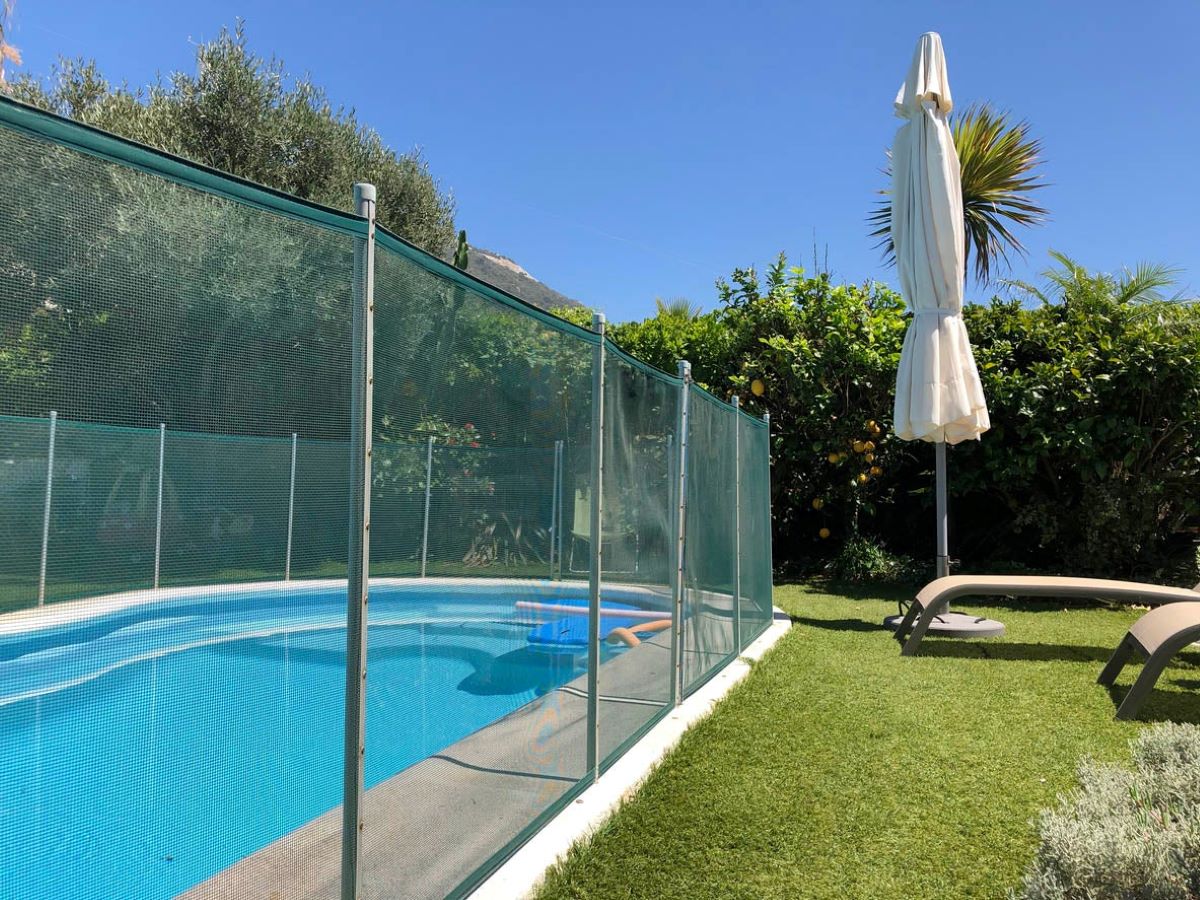

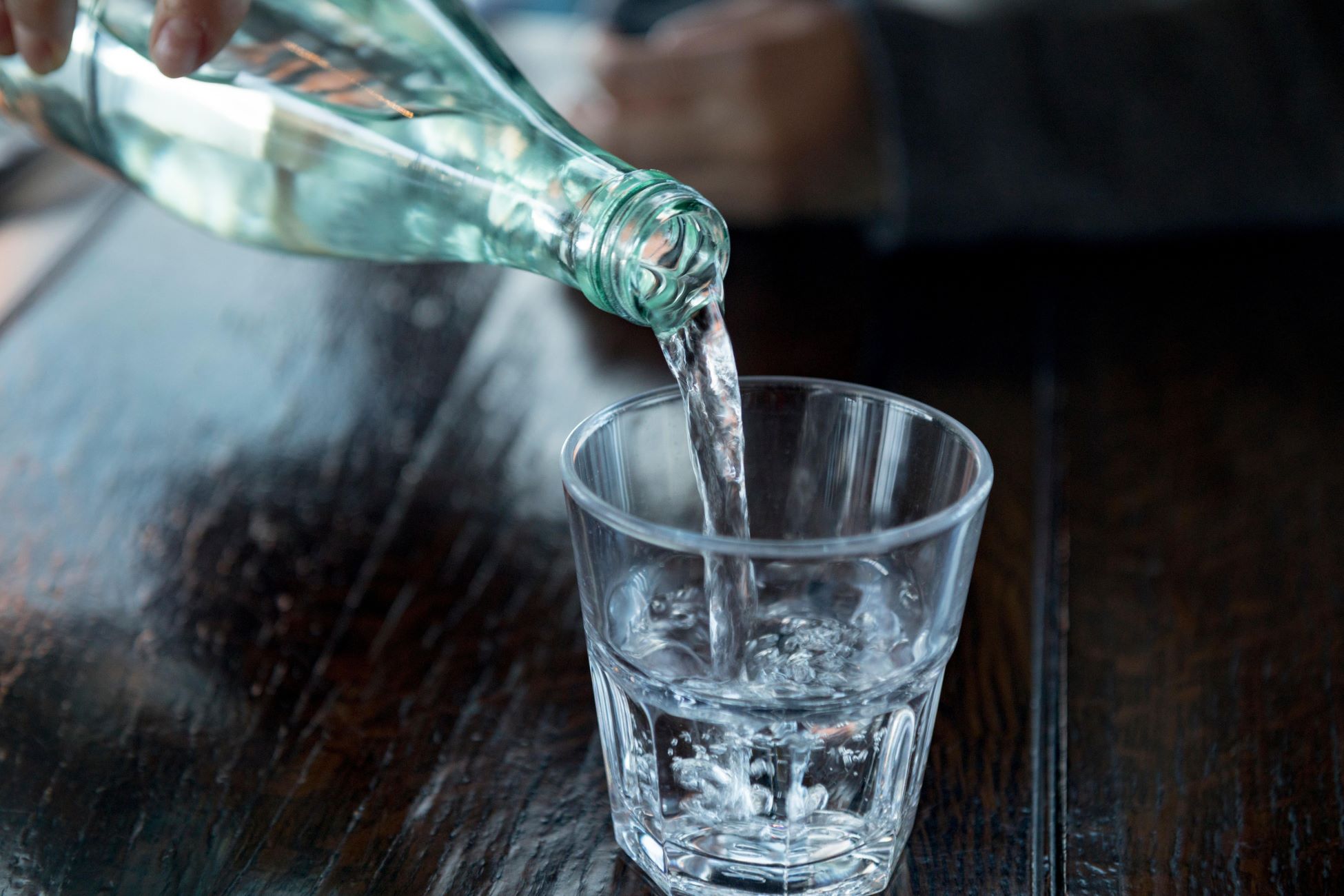



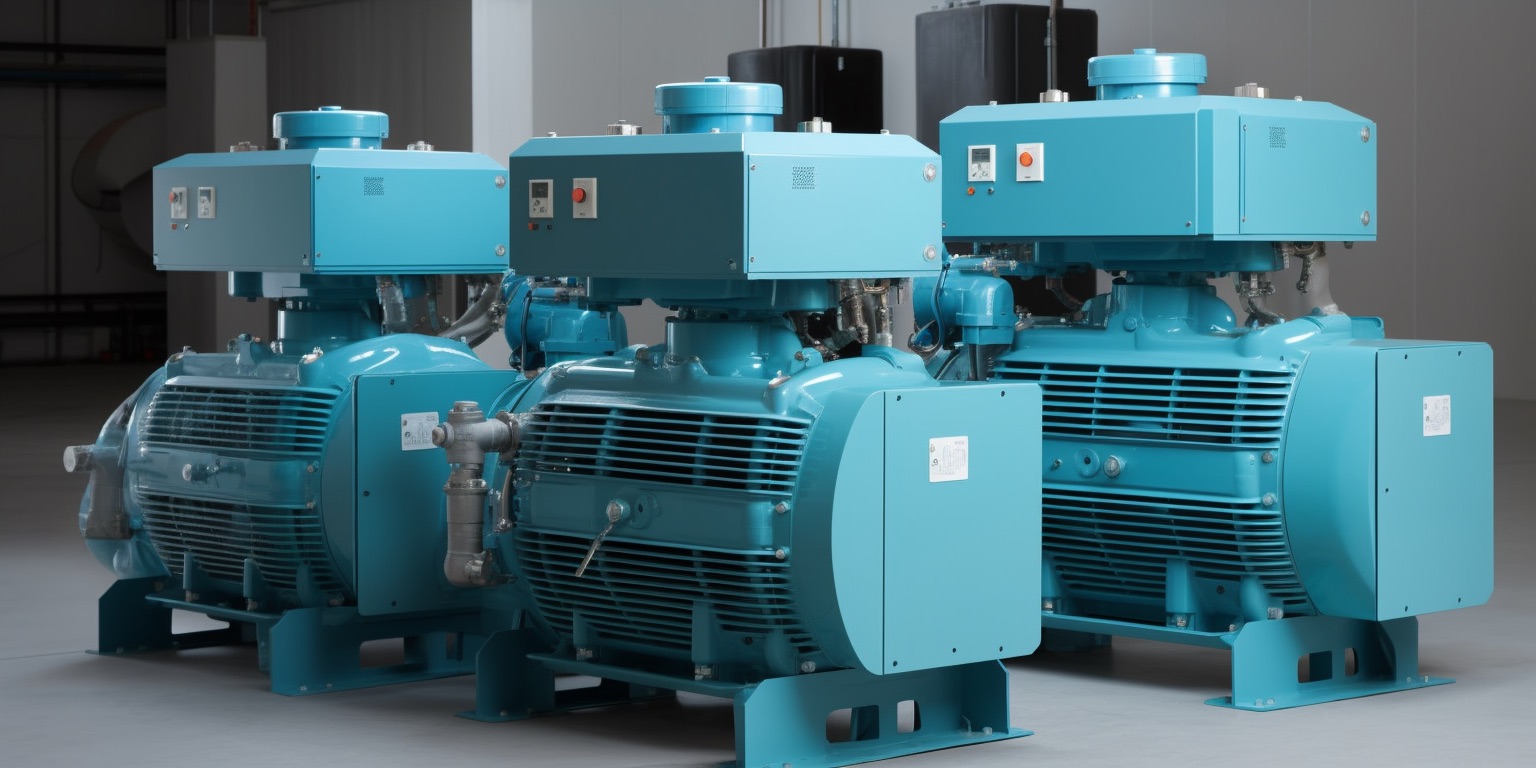
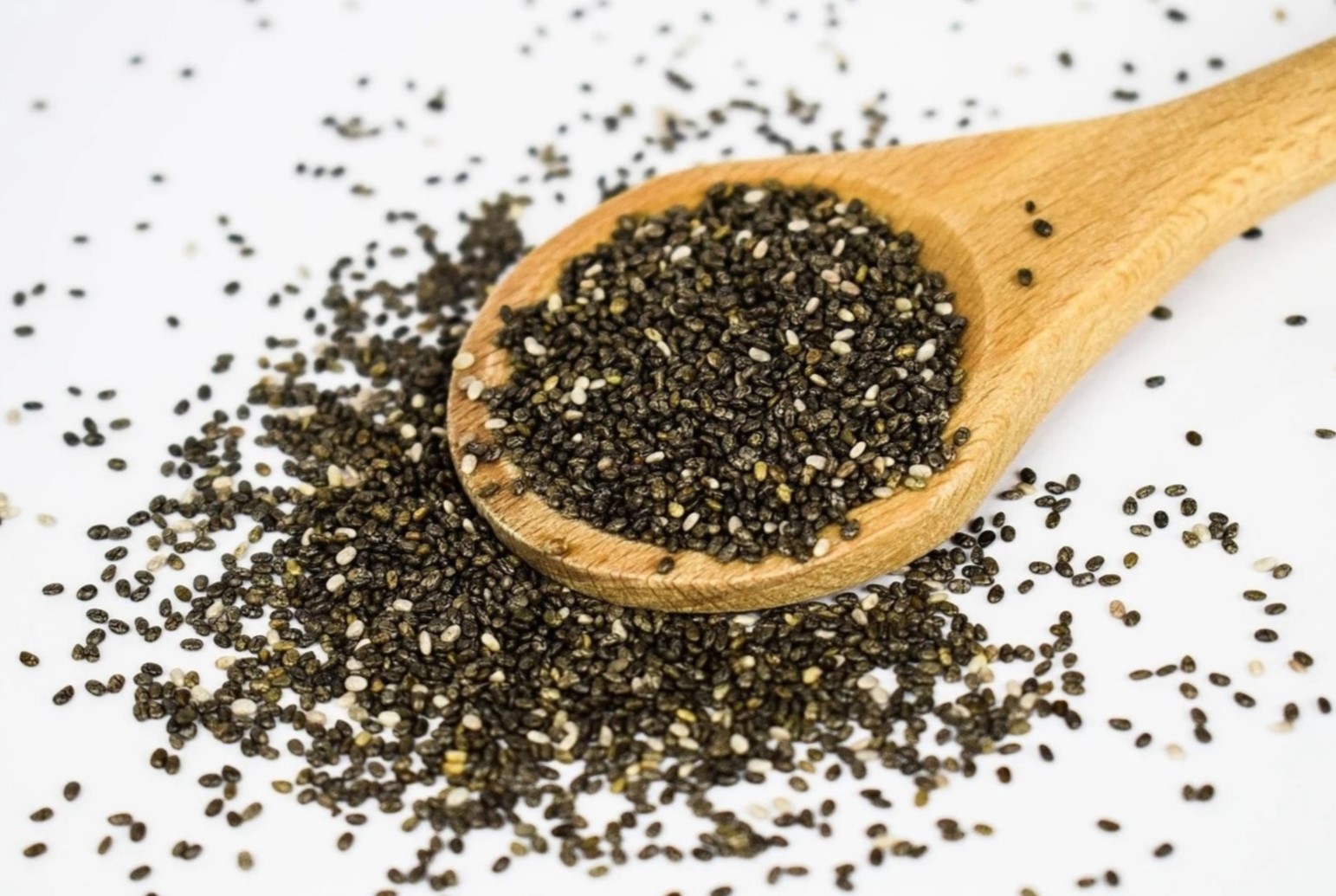
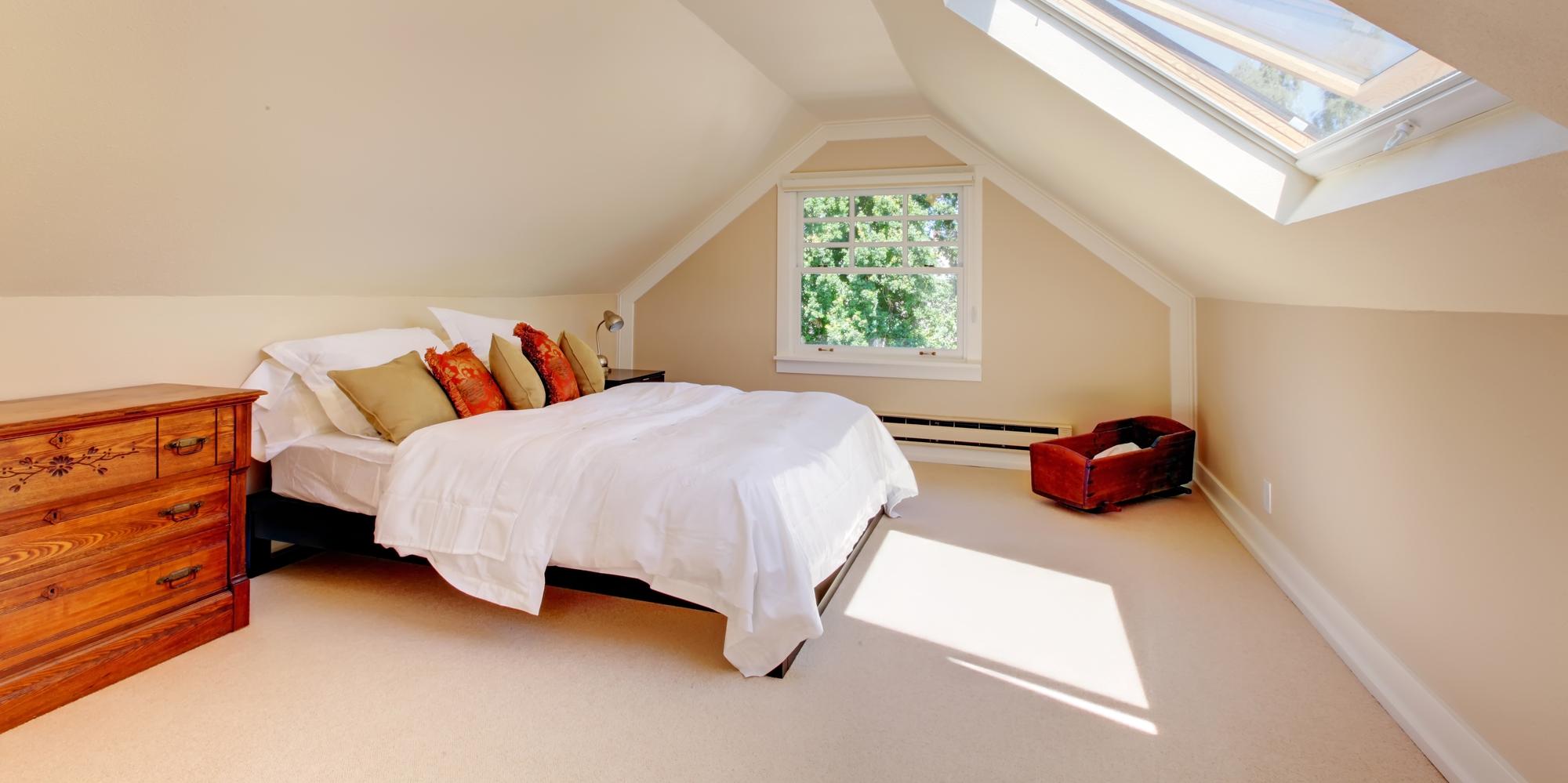
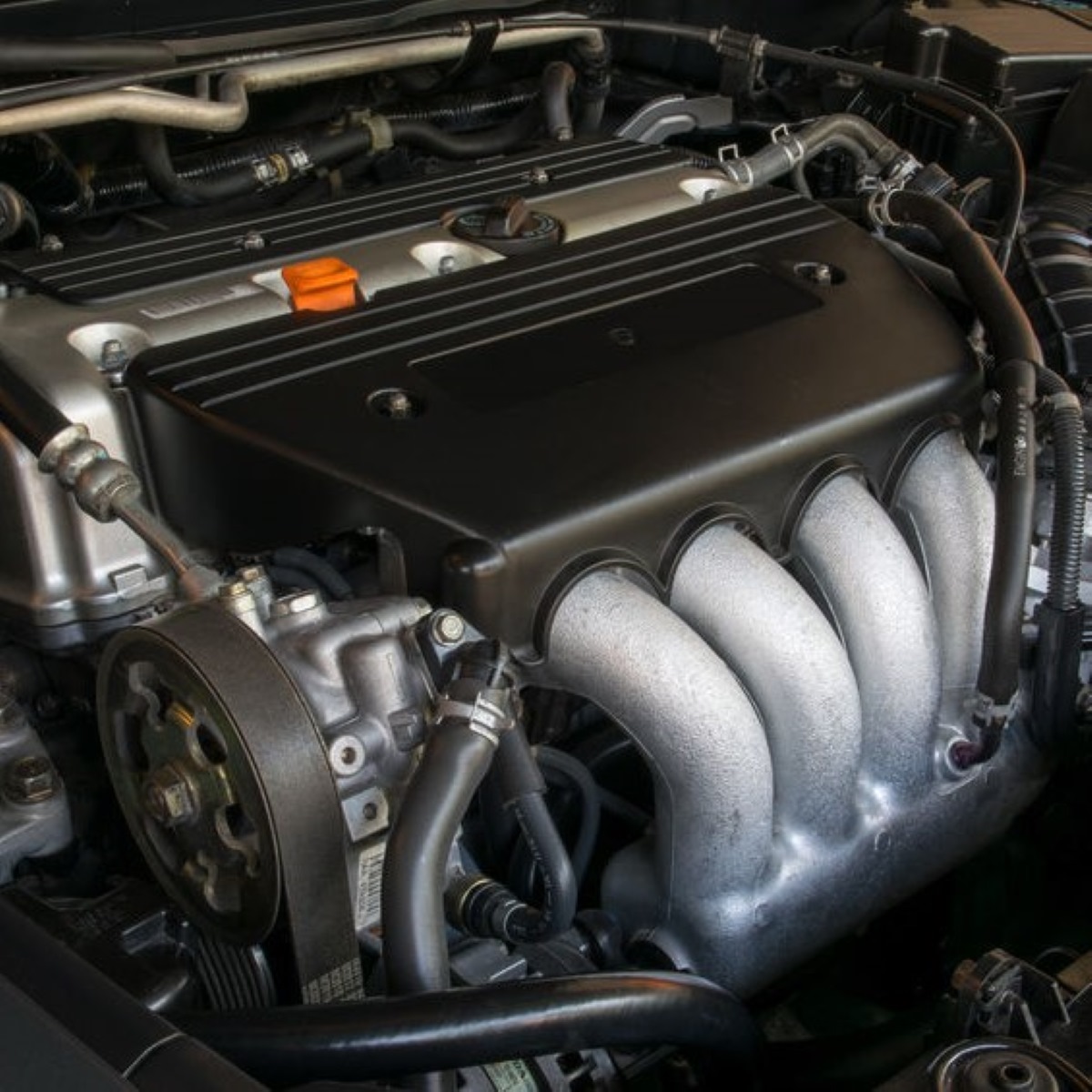
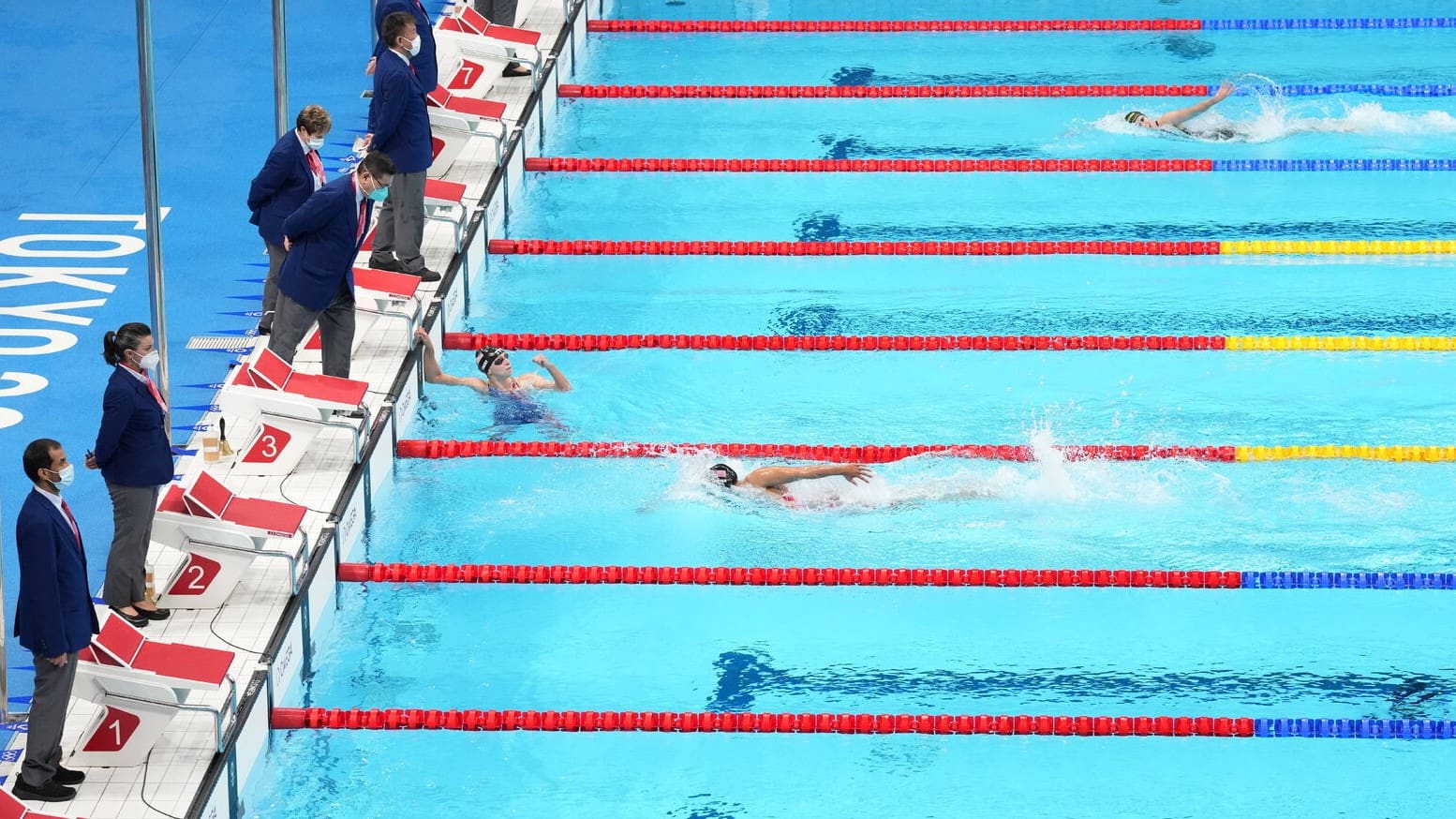
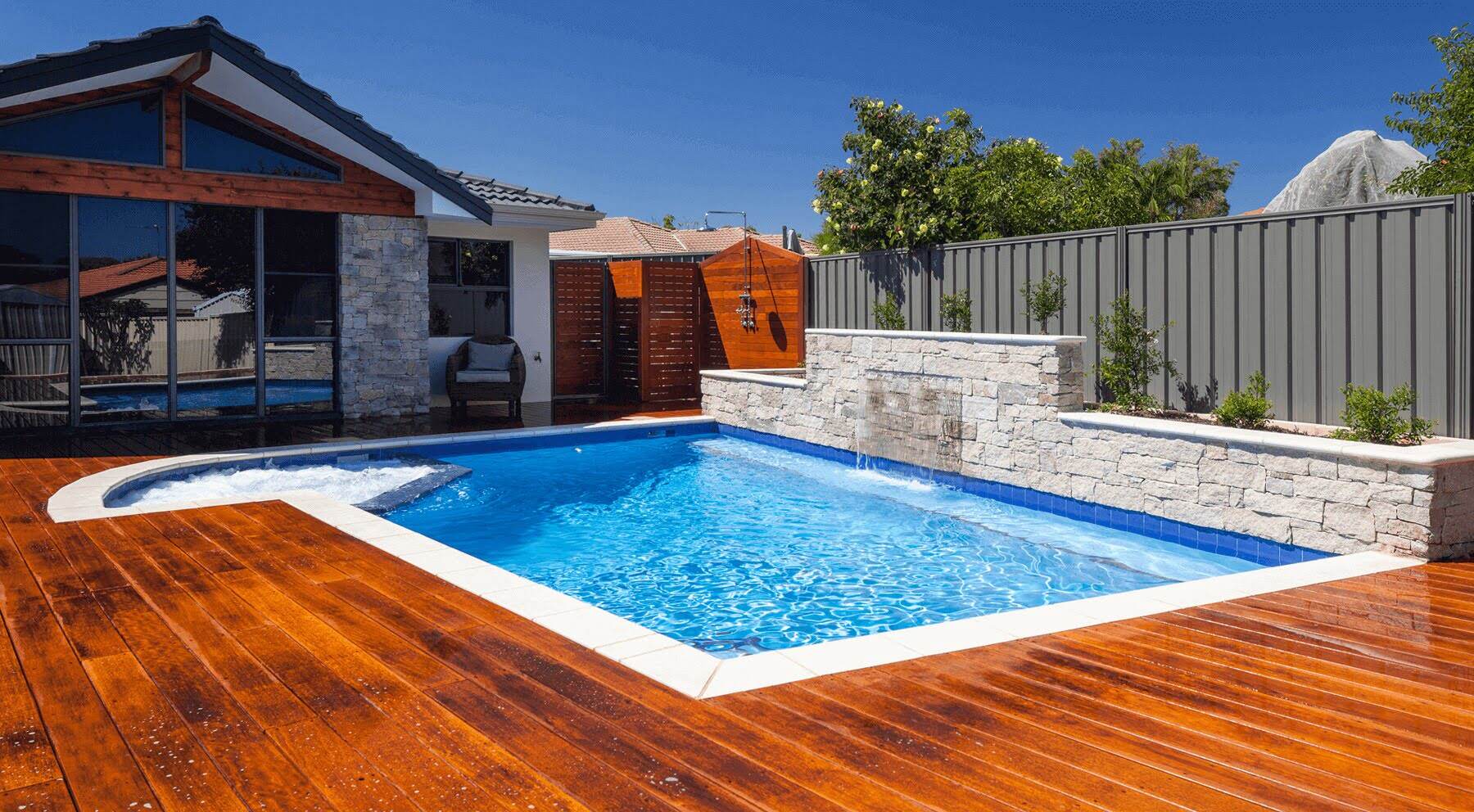

0 thoughts on “How Much Can A Bad Ventilation System In An Indoor Pool Affect One’s Health”